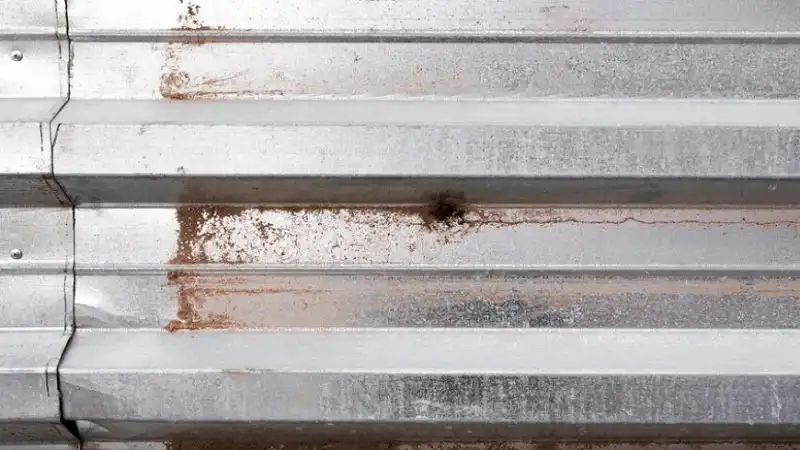In today’s fast-paced, digital world, protecting personal data has become more important than ever. One of the growing concerns that has caught the attention of online communities and tech enthusiasts is the “Layladeline leak.” This refers to a security breach involving sensitive information, often circulating on platforms or websites where privacy is compromised. In this article, we’ll dive into what the Layladeline leak is, its potential impact, and practical steps you can take to protect yourself from such breaches.
What is the Layladeline Leak?
The term “Layladeline leak” typically refers to a data leak or a security breach that involves the exposure of private information, often from a website, server, or individual platform associated with “Layladeline.” This leak could include sensitive data such as personal details, financial information, passwords, or even confidential conversations.
While this term might have gained attention in niche circles, data breaches have been a longstanding issue. Hackers or malicious actors target systems to gain access to confidential data, and when that data leaks, it becomes a serious concern for everyone involved.
If you’ve heard the term “Layladeline leak” circulating online or through social media, it’s important to understand that any data breach can have serious consequences. Not only does it jeopardize the privacy of individuals, but it can also lead to financial losses, identity theft, or even long-lasting reputational damage.
How Do Layladeline Leaks Happen?
Understanding how Layladeline leaks occur can help you take preventative measures. Data breaches typically happen in several ways:
1. Weak Passwords and Authentication Systems
One of the most common reasons for data leaks is weak security protocols. Hackers exploit systems that don’t enforce strong password policies or two-factor authentication (2FA). If an attacker guesses a weak password or exploits a known vulnerability, they can gain access to a platform where personal data is stored.
2. Phishing Attacks
Phishing attacks are a primary method hackers use to trick individuals into revealing their login credentials. These attacks often involve fraudulent emails or messages designed to appear legitimate, prompting victims to provide their sensitive information.
3. Unpatched Software Vulnerabilities
Software platforms and websites often release updates to fix bugs or address security vulnerabilities. However, when these updates are not applied in a timely manner, hackers can exploit these weaknesses to gain access to data stored on the server.
4. Insecure Networks
Accessing a platform or service over an unsecured Wi-Fi network can also expose data. Public networks are often targeted by cybercriminals to intercept and steal unencrypted information as it travels over the internet.
5. Human Error
Even though technological defenses are essential, human errors like misconfiguring security settings, unintentionally uploading sensitive files to the wrong platform, or neglecting to secure cloud data can also lead to significant data leaks.
Consequences of the Layladeline Leak
A Layladeline leak can lead to various adverse outcomes. Here are some of the primary consequences that individuals and organizations may face if their data is exposed:
1. Identity Theft
When sensitive personal information such as Social Security numbers, addresses, and birth dates is leaked, it provides hackers with everything they need to commit identity theft. They can open bank accounts, apply for credit cards, or even file fraudulent tax returns using the stolen information.
2. Financial Loss
The financial consequences of a data breach are severe. If hackers gain access to bank account details or credit card information, they may withdraw funds or make unauthorized transactions, causing financial damage.
3. Reputational Damage
For companies or individuals managing sensitive data, a leak can result in significant reputational harm. Users lose trust, and it may take years to recover from the damage caused by the breach.
4. Legal Ramifications
Organizations affected by the Layladeline leak may face legal consequences. Regulations like the General Data Protection Regulation (GDPR) and other privacy laws require organizations to protect personal data. A breach could result in hefty fines or legal action against the responsible party.
How to Protect Yourself from Data Leaks: Practical Steps
Now that we understand the risks associated with the Layladeline leak and similar breaches, it’s time to discuss practical steps you can take to safeguard your personal information and minimize the risk of data exposure.
1. Use Strong and Unique Passwords
One of the easiest yet most effective ways to prevent data leaks is to use strong, unique passwords for each online account. Avoid using easily guessable information like your name, birth date, or common words. A strong password should include a combination of uppercase and lowercase letters, numbers, and special characters.
Additionally, avoid using the same password across multiple accounts. If one platform is compromised, hackers can access all of your accounts if you’ve used the same credentials.
Pro Tip: Consider using a password manager to securely store and manage your passwords.
2. Enable Two-Factor Authentication (2FA)
Two-factor authentication adds an extra layer of security by requiring not only your password but also an additional piece of information (such as a one-time code sent to your phone or email). Even if your password is compromised, 2FA can make it much harder for hackers to gain access to your account.
3. Stay Vigilant Against Phishing Attacks
Phishing emails and messages often look legitimate but are designed to steal your credentials. Be cautious when clicking on links in unsolicited emails, especially if they prompt you to enter login details. Verify the authenticity of the sender before responding.
Always look for signs of phishing, such as misspellings, unfamiliar email addresses, or suspicious links.
4. Keep Software and Systems Updated
Regularly updating your operating system, software, and applications ensures that any security vulnerabilities are patched. Set up automatic updates if possible to avoid missing critical security patches.
5. Use Secure Networks
When accessing sensitive information or conducting financial transactions, always use a secure network. Avoid using public Wi-Fi for such activities, as it’s easier for hackers to intercept data on unsecured networks.
If you need to use public Wi-Fi, consider using a virtual private network (VPN) to encrypt your internet connection and protect your data from being intercepted.
6. Review Privacy Settings
Check the privacy settings of any platforms you use. Limit the amount of personal information that’s accessible to others and review who can view your posts, pictures, and other shared content. Reducing your digital footprint can minimize your exposure to potential data breaches.
7. Monitor Your Accounts Regularly
Keep an eye on your financial and online accounts for any unusual activity. Many banks and platforms provide alerts when suspicious transactions occur, allowing you to respond quickly and potentially prevent further harm.
If you’re concerned about identity theft, consider subscribing to a credit monitoring service that alerts you to changes in your credit report.
Conclusion
The Layladeline leak and similar data breaches are a stark reminder of the growing threats to digital privacy. It’s crucial to take proactive measures to protect your personal data and reduce the risk of a data leak. By following the practical steps outlined in this article, including using strong passwords, enabling two-factor authentication, and staying vigilant against phishing attacks, you can better safeguard your information from being exposed.
Remember, prevention is always better than cure. Stay informed, stay protected, and take the necessary steps to secure your digital life.





